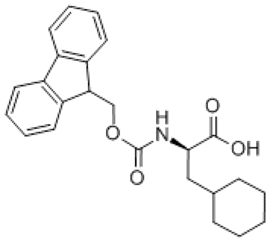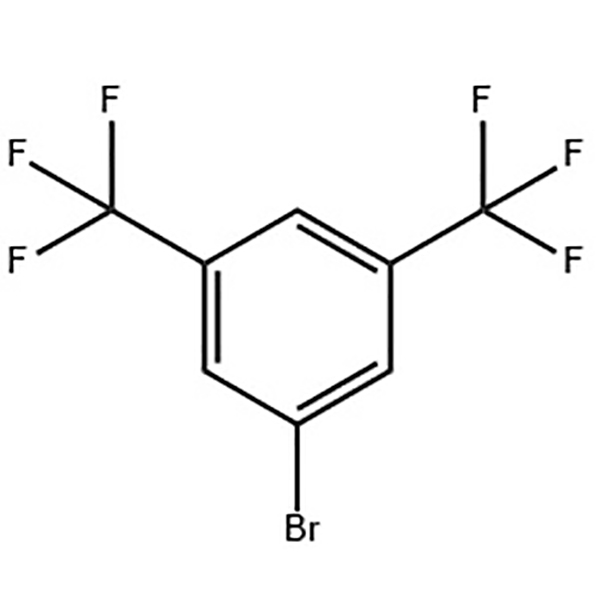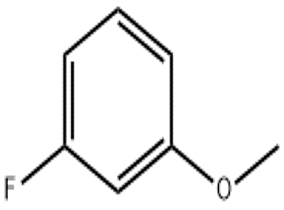Fmoc-D-3-Cyclohexyl Alanine (CAS# 144701-25-7)
Risk and Safety
| Safety Description | S22 – Do not breathe dust. S24/25 – Avoid contact with skin and eyes. |
| WGK Germany | 3 |
| FLUKA BRAND F CODES | 10 |
| HS Code | 2924 29 70 |
| Hazard Class | IRRITANT |
Introduction
Fmoc-D-3-Cyclohexyl Alanine (CAS# 144701-25-7), often referred to simply as FMOC-D-amino acid, is an organic compound. It is obtained by adding a methoxycarbonyl group to the amino group of the fmoc-3-cyclohexyl-D-alanine.
Regarding the properties of FMOC-D-amino acid, it is a solid or a trace solution that can be dissolved in some organic solvents, such as dimethyl sulfoxide (DMSO) and methanol (MeOH). It has strong UV absorption properties, showing maximum absorption in the range of 240-245 nm.
FMOC-D-amino acid has a wide range of applications in biochemical research. One of the most common uses is as a protective group for solid-phase synthetase peptides and polypeptides, protecting hydroxyl or amino groups during synthesis. In addition, it can also be used for the synthesis of biologically active steroid compounds and the preparation of peptides or proteins of specific sequences.
A common method for preparing FMOC-D-amino acid is to add FMOC chlorinating reagent to the amino group of the fmoc-3-cyclohexyl-D-alanine, and carry out the reaction in an appropriate solvent and reaction conditions. Thereafter, the desired product can be obtained by appropriate purification steps such as solvent extraction and column chromatography.
Regarding safety information, FMOC-D-amino acids are relatively safe under general operating conditions. However, it is still necessary to take appropriate laboratory safety measures, such as wearing appropriate personal protective equipment and operating in a well-ventilated laboratory environment. In addition, according to the specific conditions of each laboratory, relevant safety operating procedures and precautions should be followed during use and handling.
Regarding the properties of FMOC-D-amino acid, it is a solid or a trace solution that can be dissolved in some organic solvents, such as dimethyl sulfoxide (DMSO) and methanol (MeOH). It has strong UV absorption properties, showing maximum absorption in the range of 240-245 nm.
FMOC-D-amino acid has a wide range of applications in biochemical research. One of the most common uses is as a protective group for solid-phase synthetase peptides and polypeptides, protecting hydroxyl or amino groups during synthesis. In addition, it can also be used for the synthesis of biologically active steroid compounds and the preparation of peptides or proteins of specific sequences.
A common method for preparing FMOC-D-amino acid is to add FMOC chlorinating reagent to the amino group of the fmoc-3-cyclohexyl-D-alanine, and carry out the reaction in an appropriate solvent and reaction conditions. Thereafter, the desired product can be obtained by appropriate purification steps such as solvent extraction and column chromatography.
Regarding safety information, FMOC-D-amino acids are relatively safe under general operating conditions. However, it is still necessary to take appropriate laboratory safety measures, such as wearing appropriate personal protective equipment and operating in a well-ventilated laboratory environment. In addition, according to the specific conditions of each laboratory, relevant safety operating procedures and precautions should be followed during use and handling.
Write your message here and send it to us








